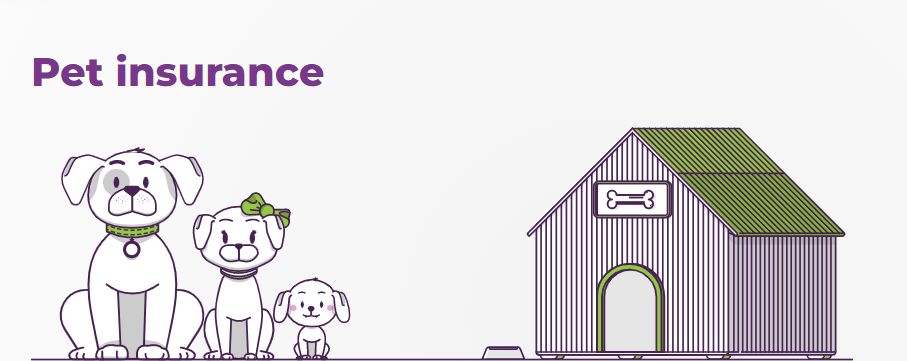The claims process for pet insurance
The claims process for pet insurance is the process
of submitting a request for reimbursement of veterinary expenses incurred due
to an illness or injury of a covered pet. Here is an overview of the steps
involved in a pet insurance claim:
- Notifying
the insurance company: The policyholder should notify the insurance
company as soon as possible after incurring the veterinary expenses.
- Gathering
documentation: The policyholder will need to gather all relevant
documentation, including receipts, invoices, and a copy of the pet's
medical records, to submit with the claim.
- Submitting
the claim: The policyholder can submit the claim either online, by mail,
or by fax, along with the required documentation.
- Review
of the claim: The insurance company will review the claim to determine if
it is covered under the policy and if the policyholder has met any
deductibles or co-payments.
- Reimbursement
of the claim: If the claim is approved, the insurance company will issue a
payment to the policyholder, either by check or directly to the veterinary
clinic, to reimburse the covered veterinary expenses.
It's important to note that the exact claims
process may vary between insurance companies and the specific terms of the
policy. To ensure a smooth claims process, it's advisable to keep all relevant
documentation organized, to provide the insurance company with accurate
information, and to understand the terms and conditions of the policy.
Additionally, it may be helpful to choose a pet insurance policy that provides
quick and efficient claims processing to minimize any financial stress during a
time of need.
What To Expect & What Documentation is Required
When filing a claim for pet insurance,
policyholders can expect the following steps in the claims process:
- Notification:
The policyholder should notify the insurance company as soon as possible
after incurring veterinary expenses.
- Review
of the claim: The insurance company will review the claim to determine if
it is covered under the policy and if the policyholder has met any
deductibles or co-payments.
- Reimbursement:
If the claim is approved, the insurance company will issue a payment to
the policyholder to reimburse the covered veterinary expenses.
In terms of required documentation, policyholders
should gather and submit the following information when filing a pet insurance
claim:
- Receipts
and invoices for veterinary expenses
- Medical
records for the pet, including a description of the illness or injury and
any diagnostic test results
- A
completed claim form, which can be obtained from the insurance company's
website
It's important to note that the required
documentation may vary between insurance companies, so it's advisable to check
with the specific insurance company for a complete list of required materials.
Providing accurate and complete information can help ensure a smooth and
efficient claims process.
How To Ensure A Smooth And Efficient Payout
Here are some steps that policyholders can take to
ensure a smooth and efficient payout when filing a pet insurance claim:
- Read
and understand the policy: Make sure to thoroughly understand the terms
and conditions of the policy, including what is covered, any deductibles
or co-payments, and the claims process.
- Keep
records organized: Keep all receipts, invoices, and medical records
organized and easily accessible, as they may be required when submitting a
claim.
- Notify
the insurance company promptly: Notifying the insurance company as soon as
possible after incurring veterinary expenses can help ensure a quick and
efficient claims process.
- Provide
accurate information: When submitting a claim, make sure to provide
accurate information, including the pet's medical history and a complete
description of the illness or injury.
- Choose
a reputable insurance company: Consider choosing a pet insurance company
with a reputation for quick and efficient claims processing, to minimize
any financial stress during a time of need.
- Follow
up on the claim: If the claim has not been processed within a reasonable
timeframe, policyholders can follow up with the insurance company to
inquire about the status of the claim.
By following these steps, policyholders can help ensure a smooth and efficient payout when filing a pet insurance claim.
